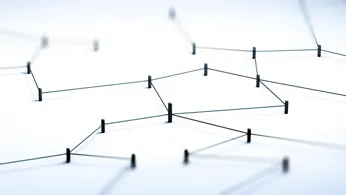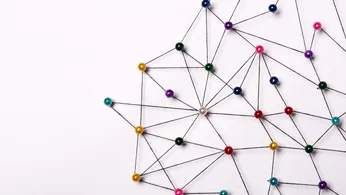Estilos de comunicación en el lugar de trabajo y estrategias para mejorar la comunicación en equipo
Dominar los estilos y estrategias de comunicación en el lugar de trabajo es clave para crear equipos fuertes, fomentar la colaboración y mejorar la productividad. Desde las herramientas digitales hasta las interacciones en persona, aprende a crear una cultura de la comunicación que mantenga a los empleados comprometidos y alineados.
En esta página
Good communication can be just as stimulating as coffee. And just like coffee, there are different brews of workplace communication styles—each with its own distinct flavor and impact. Understanding communication styles in the workplace helps teams collaborate better, resolve conflicts efficiently, and drive business success.
A quick look at legendary leaders and CXOs—and how they interact with their world—offers an exciting glimpse into different types of communication styles and their real-world impact.
Take Jeff Bezos, for example. Before each meeting, the Amazon Hulk meticulously reads exactly six pages of a memo in silence, an intense focus session that may seem unsettling to new hires. Bill Gates has a more animated approach—rocking his chair during discussions, with the speed and intensity of the motion serving as a direct indicator of his engagement level.
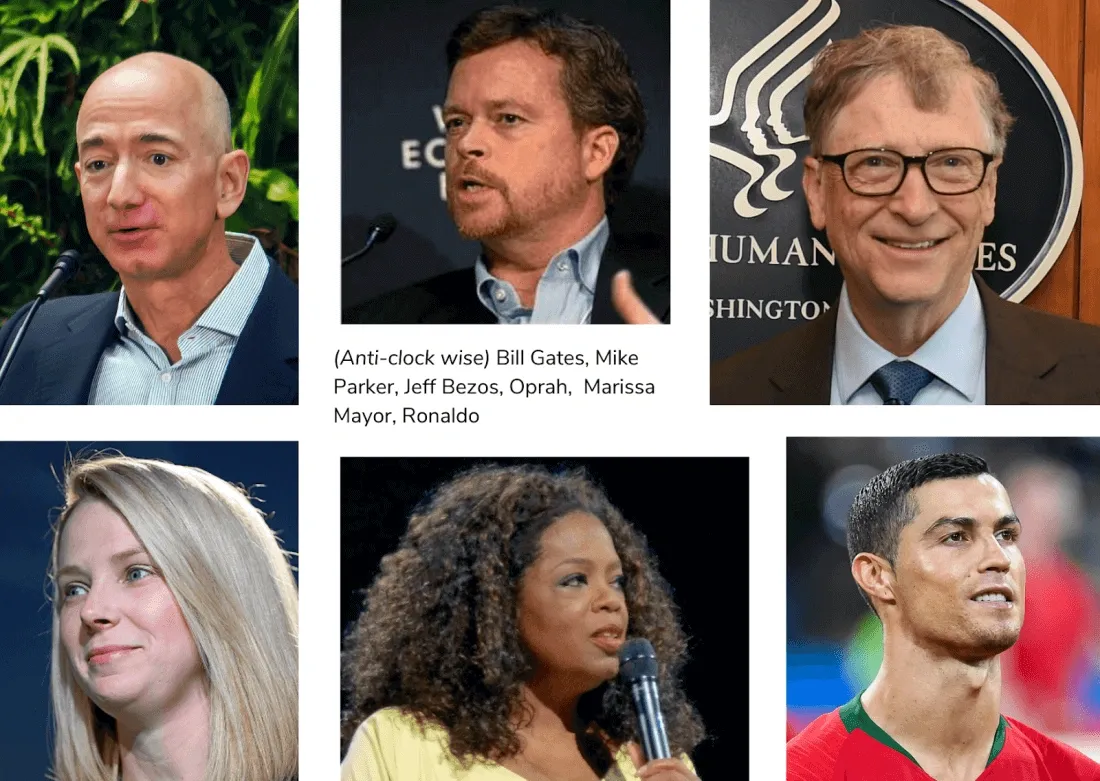
Then there’s Mike Parker, CEO of Nike, who balances structure and creativity by dividing his notebook into two halves—one for notes, the other for doodles. Oprah Winfrey’s communication style, on the other hand, is built on deep personal connections, engaging her audience with warmth and genuine curiosity.
Marissa Mayer, former CEO of Yahoo, prioritizes structured interactions, personally meeting and approving every new hire. Meanwhile, on the football field, Cristiano Ronaldo’s iconic goatee scratch after scoring big goals communicates a bold message—his unspoken claim to being the greatest of all time.
These leaders have mastered their communication styles in the workplace, using distinct approaches that align with their personalities and leadership philosophies. Whether through structured briefings, energetic interactions, or personal engagement, the way we communicate shapes our professional influence.
Understanding the types of communication styles can help individuals and teams find their voice, enhance collaboration, and create a workplace where ideas flow freely.
Estilos de comunicación del liderazgo en el lugar de trabajo
He aquí algunos ejemplos de estilos de comunicación en el liderazgo que es imprescindible conocer:
1. Sé tú. Comunícate.
Lo que hace cada una de estas personas -aunque no hablen ni escriban propiamente- es comunicarse siguiendo su "patrón característico" de vibración con el entorno a través de una mezcla de indicadores, lenguaje corporal y hábitos.
Y cada una de estas técnicas es tan eficaz porque no intentan encajar en un molde o en las "mejores prácticas de comunicación del sector", a pesar de que simplemente intentan llegar de forma espontánea y genuina a la otra parte.
Son ellos mismos, sin tapujos ni complejos. Su sinceridad se refleja en su espontaneidad, y su personalidad deja una huella imborrable en nuestra conciencia.
2. Comunicar. Comprométase. Rehacer.
Communication is central to engaging the mind and soul, whether at home or the workplace. So, what lessons do these leaders leave for us? How do we replicate their spark in our own life?
La respuesta es casi increíblemente lógica y deliciosamente sencilla. Si estos líderes se han convertido en leyendas por negarse a sucumbir a las modas y atreverse a ser ellos mismos (y seguir siéndolo aunque se levanten las cejas o se pongan los ojos en blanco), eso es precisamente lo que deberíamos hacer nosotros también.
After all, our message is sharpest, clearest, and loudest when authentic. There are a few better ways to stay engaged and engage others – be it teammates, partners, or clients. This case is relevant whether you're leading virtual teams or meeting with clients in real life.
Tipos de estilos de comunicación en el lugar de trabajo
Para ser tú mismo, debes saber quién eres. Como todo en la vida, el contexto ayuda a construir el contenido.
So, before you unlock the engaging powers of communication at the workplace, it will help to figure out your communication personality first so that you can map your way forward while keeping things loose and ‘in-the-moment’.
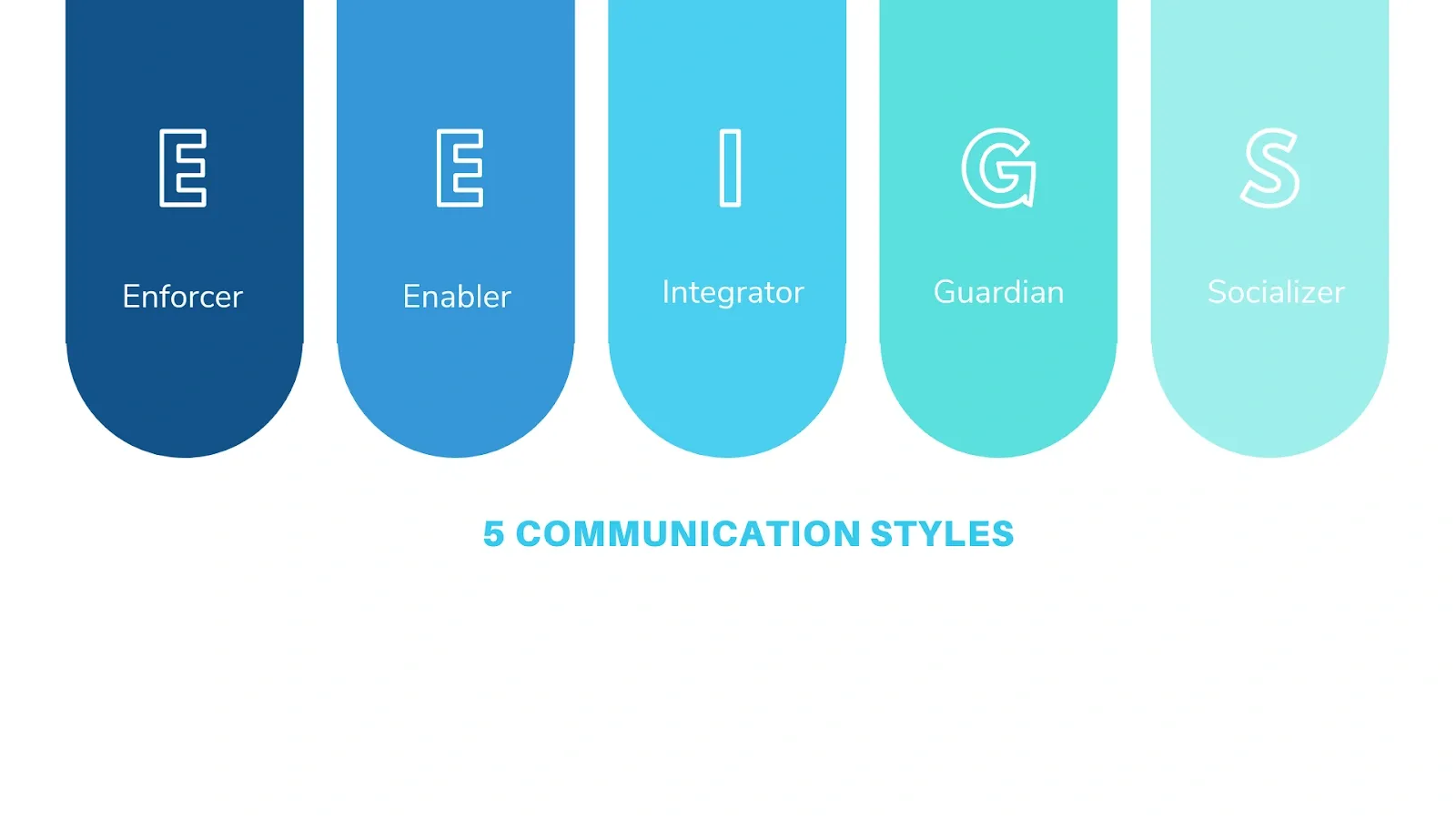
1. ¿Eres un Enforcer?
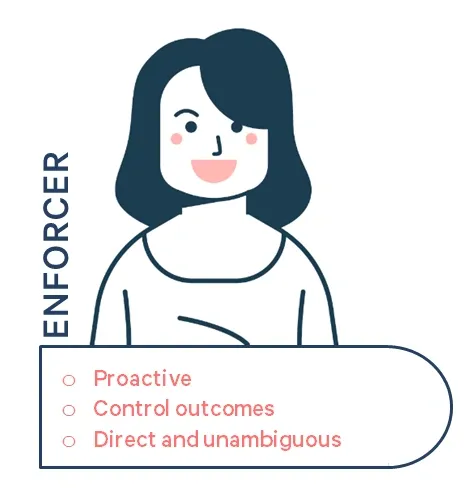
Se trata de personalidades proactivas que creen que deben hacerse cargo de las situaciones. Establecen el tono, dan forma a la narración y controlan el resultado. Su estilo de comunicación preferido suele estar desprovisto de adornos, es refrescantemente directo y deliberadamente inequívoco. Son personas que hablan en serio y no se andan con rodeos.
Si bien este estilo "napoleónico" de dirigir el campo de batalla desde la vanguardia puede ser un rasgo magnético que a menudo inspira y mueve a todo un equipo a la acción, también es un enfoque que a veces puede pisotear territorios o erizar alguna que otra pluma.
El truco consiste en ponerse en el lugar del otro, lo que puede equilibrar la ecuación aumentando el cociente de empatía, ayudando al ejecutor a ver ambos lados de la realidad con claridad y convirtiéndose en un comunicador más completo y maduro.
2. ¿Es usted un facilitador?
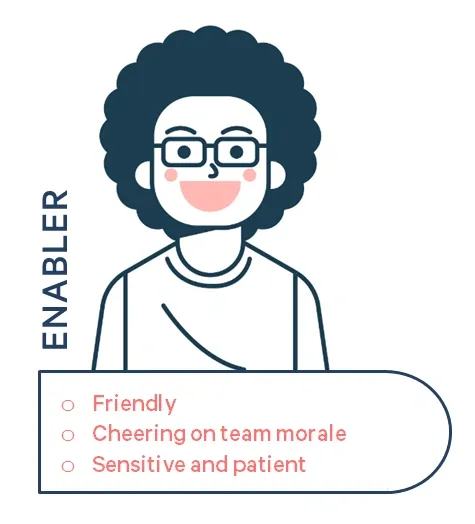
Esta es la tribu más amistosa en el lugar de trabajo (o fuera de él). Se trata de personas que siempre están defendiendo al desvalido, adoptando una nueva idea o, en general, animando la moral del equipo, de una forma no muy consciente para conseguir los resultados deseados. Espere muchos pulgares hacia arriba, signos de victoria y palmaditas en la espalda de este grupo.
En lo que respecta a la comunicación, son sensibles, pacientes y complacientes, y tienen una presencia que crece con usted. Aunque es una ventaja obvia, no está exenta de inconvenientes.
Si se les deja solos, a veces pueden parecer demasiado entrometidos. Incluso pueden correr el riesgo de ignorar sus obligaciones dedicando una cantidad excesiva de tiempo a arreglar los incendios de los demás.
Por último, al ser un tipo sensible, también son propensos a la angustia cuando su positividad queda sin respuesta o es ignorada. Los facilitadores son personas que necesitan poner límites continuamente y dar prioridad a sus objetivos clave mientras mantienen su brillo interior.
3. ¿Es usted integrador?
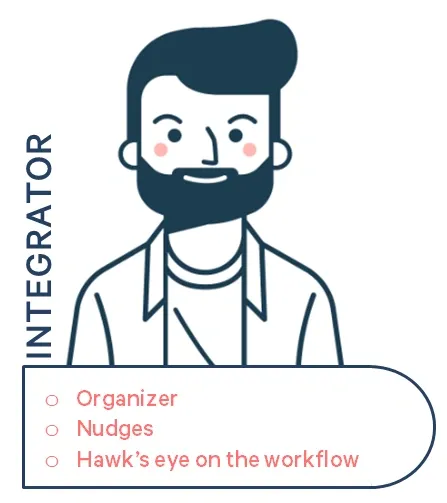
Say Hello! To the ‘Natural Born Delivery-Leads’ of your universe. Integrators make for excellent event organizers and project managers, holding the flock together and ensuring every nut and bolt of the jigsaw works to clock precision.
En lo que respecta a la interacción con los trabajadores, nos encontramos ante una raza experimentada con un fino dominio de la psicología que sabe exactamente cómo y cuándo dar codazos y empujones, controlando la moral del equipo (y el rendimiento, por extensión) a voluntad y orquestando el espectáculo con la delicadeza de un director de orquesta.
Aunque su personalidad puede ir de reservada a gregaria, pasando por cualquier cosa intermedia, en términos de comunicación, pueden optar por un enfoque comedido, prefiriendo mantener un ojo de halcón en el flujo de trabajo (y ahorrar energía vocal para situaciones de crisis).
Como consejo, este tipo de personas debe recordar que el barco, tripulado por almas con talento, es capaz de cuidar de sí mismo, por lo que no pasa nada por "dejarse llevar" y relajarse de vez en cuando.
4. ¿Es usted Guardián?
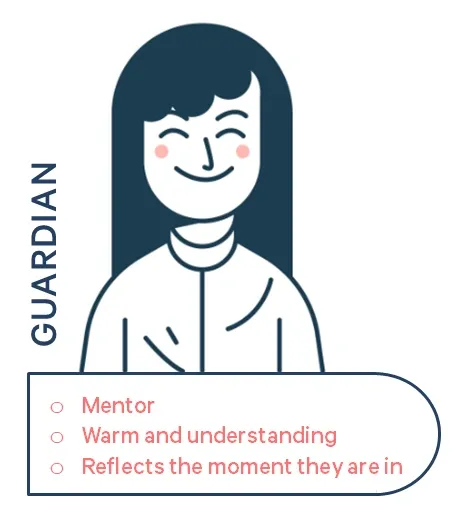
Pastor, tío agonizante y filósofo todo en uno, aquí se encuentra el mentor y protector del equipo (sí, casi todos los equipos tienen uno, al menos en espíritu). Suele ser un poco más veterano, con una gran experiencia como tesoro del que sacar perlas de sabiduría cuando llega el momento de hacer de confidente bonafide/pro-bono, pero, francamente, es una regla con muchas excepciones.
Guardians tend to be warm, understanding, and mature – and generally have (or make) time for you. The reverse is equally valid, and you will come across those who have ‘crossed over to the dark side’ (to borrow a phrase from Star Wars), turning into draconian taskmasters and oppressive despots.
In their defense, they will say (and probably believe it deep down, too) that they are merely doing it for the good of the brood and protecting their cause.
En sus mejores momentos, sin embargo, los Guardianes pueden tener un efecto calmante y rejuvenecedor en el equipo que es realmente precioso. Su técnica de comunicación -como todas las grandes formas de comunicación- tiende a reflejar quiénes son y el momento en que se encuentran reconfortando, censurando o inspirando, según la empresa de que se trate.
5. ¿Es usted un socializador?
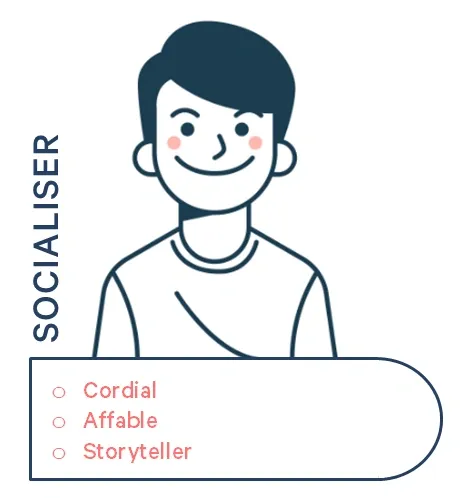
Este grupo es el alma de la fiesta, y todos sabemos que nuestros lugares de trabajo -aunque digitalmente distanciados- necesitan divertirse, quizá más que nunca, para mantenerse felices y cuerdos. Cordiales, generosos y extrovertidos, los Socializers suelen ser el pegamento que mantiene unido el mojo del equipo, esparciendo el sol de alegría y emoción que todos necesitamos para superar nuestras rutinas.
Con su colorida naturaleza a menudo presente en su comportamiento y su forma de hablar, este grupo te deleitará con su estilo único de contar historias y te encenderá con su contagiosa positividad.
If one were to nitpick, one could probably say that Socializers, like Enablers, have a ‘thing’ for overstepping their boundaries and barge into personal spaces (without meaning), given their naturally extroverted genes.
That said, the latter remains a priceless quality for any organization, especially when change – and with it, confusion and ambiguity - seems to be the flavor of every season.
Amplifying workplace communication: 12 strategies that work
Workplace communication thrives on structure, rhythm, and seamless coordination like a finely tuned orchestra. From fostering real-time collaboration to bridging leadership-employee gaps, businesses today rely on innovative communication strategies to keep teams aligned, engaged, and thriving.
Let’s dive into some game-changing approaches that redefine how teams connect and interact.
1. Powering up with collaborative communication platforms
Modern workspaces are buzzing with rapid conversations, shared files, and endless tasks. The antidote to scattered communication? Collaborative communication platforms that unify chat, video calls, file sharing, and project management in one seamless ecosystem.
These digital spaces act as the virtual command center for teamwork, keeping everyone on the same page without endless email threads or lost messages.
📕 For instance:
- Slack organizes discussions into topic-based channels, integrates with countless third-party apps, and simplifies workflows. Dropbox uses Slack to connect teams across time zones, ensuring instant updates and real-time collaboration.
- Microsoft Teams merges chat, video calls, and file sharing into a single interface. Accenture, a global powerhouse, relies on Teams to synchronize communication across its vast network, driving higher efficiency and streamlined teamwork.
With the right platform in place, communication bottlenecks become a thing of the past, paving the way for smarter, faster, and more transparent work interactions.
2. Holding town hall meetings: Where leadership meets the workforce
A thriving workplace is built on transparency and shared purpose. Town hall meetings provide a stage where leaders and employees engage in open dialogue—sharing updates, celebrating wins, and addressing concerns in real-time.
These forums dismantle hierarchies, offering employees direct access to leadership while ensuring that company goals resonate at every level.
📕 Take inspiration from:
- Facebook, where Mark Zuckerberg holds regular town halls, fielding unfiltered questions from employees. This practice embeds openness and alignment into the company’s DNA.
- General Electric (GE) hosts town halls where leaders discuss business strategy, challenges, and performance updates—reinforcing trust and team cohesion.
Town halls aren’t just meetings; they’re culture-builders that turn corporate communication into a two-way street—one where voices from every level of the organization are heard and valued.
3. Implementing a peer feedback system: Elevating growth through recognition
Feedback isn’t just a performance metric—it’s a catalyst for learning, collaboration, and personal growth. A well-structured peer feedback system encourages employees to acknowledge each other’s contributions, fostering a workplace culture rooted in appreciation and improvement.
When employees give and receive feedback from their peers, it breaks down silos and creates an environment where constructive insights fuel professional development.
📕 Who’s doing it right?
- Google’s “Peer Bonuses” system allows employees to nominate colleagues for bonuses when they go above and beyond. Whether it’s lending expertise or offering support outside their role, this initiative cultivates collaboration and mutual appreciation.
- LinkedIn integrates peer feedback into performance reviews, ensuring employees get a 360-degree perspective on their strengths and areas of growth. This system nurtures continuous improvement and meaningful workplace connections.
In a workplace where recognition and feedback flow organically, employees don’t just perform—they thrive.
4. Digital suggestion boxes: Turning ideas into action
The classic suggestion box has evolved. Today’s digital platforms amplify employee voices by offering a real-time, interactive space where ideas aren’t just submitted—they’re voted on, discussed, and refined.
These platforms encourage innovation, boost engagement, and create an open culture where employees feel empowered to contribute beyond their job roles.
📕 Who’s doing it right?
- Adobe’s "Kickbox" initiative hands employees a structured innovation kit packed with tools, best practices, and a step-by-step process to experiment with ideas. If an idea gains traction, leadership steps in to explore its full potential. The result? A workplace buzzing with creativity and employee-driven solutions.
- Whirlpool’s innovation portal allows employees worldwide to submit, vote on, and refine ideas. The most promising concepts get developed into real products—proving that open communication isn’t just good for engagement, it’s good for business.
A workplace that listens to its employees doesn’t just retain talent—it builds a culture of innovation, transparency, and growth.
5. Cross-departmental team building: Breaking the silos
Silos can be the silent killer of workplace collaboration. When teams stay confined to their departments, knowledge stays locked in, and company-wide goals get lost in translation.
Cross-departmental team-building activities dismantle these walls, fostering relationships across teams and creating a workplace where everyone moves forward together.
📕 The innovators:
- Spotify’s “guilds and chapters” model ensures knowledge flows beyond department lines. While squads handle specific projects, guilds bring together like-minded employees across teams to share expertise and best practices.
- Zappos thrives on culture-first engagement. From company-wide social events to interdepartmental meetups, they build relationships beyond job roles, making communication second nature.
When employees understand how different teams work, collaboration happens faster, problem-solving becomes more creative, and company-wide unity strengthens.
6. Reverse mentorship: Flipping the script on learning
Mentorship has traditionally been a one-way street—senior employees passing down wisdom to junior staff. But reverse mentorship turns that model on its head, giving younger employees the chance to teach senior leaders about emerging trends, digital tools, and evolving workplace dynamics.
This approach bridges generational gaps, modernizes leadership perspectives, and strengthens internal communication across experience levels.
📕 Game-changers in action:
- General Motors (GM) pairs younger employees with senior executives, giving leadership a crash course in new technologies and digital trends. The result? A more informed leadership team that stays ahead of the curve.
- Cisco’s reverse mentorship program connects senior executives with digital natives who introduce them to social media, AI, and digital communication tools. The program has been a game-changer in aligning leadership with the ever-evolving digital landscape.
When knowledge flows both ways, companies future-proof leadership, enhance collaboration and create a culture of lifelong learning.
7. Open-plan workspaces with dedicated quiet zones: The best of both worlds
Workplace design isn’t just about aesthetics—how employees interact, collaborate, and stay productive.
Open-plan spaces encourage spontaneous conversations and teamwork, but they can become a distraction without balance. That’s why the best-designed offices blend open collaboration areas with dedicated quiet zones, creating a workplace where employees choose how they work best.
📕 Smart workplace design in action:
- Pixar’s headquarters was designed to maximize random interactions. The central atrium—home to the cafeteria, mailboxes, and restrooms—encourages employees from all departments to cross paths, sparking unplanned yet valuable conversations.
- Deloitte’s Amsterdam office embraces flexible workspace design. While open collaboration areas promote teamwork, employees can also access private booths, focus zones, and quiet spaces to ensure deep work isn’t sacrificed.
The secret to an effective workspace? A balance between collaboration and focus.
8. No-email days: Cutting through the clutter
Emails may be efficient, but productivity takes a hit when inboxes become battlefields of unread messages. Constant digital chatter can lead to overload, miscommunication, and missed priorities.
The solution? "No-email days" or designated blackout periods that encourage teams to engage face-to-face, through calls, or via alternative communication platforms.
📕 Who’s setting the standard?
- Atos, a global IT company, introduced a zero-email initiative, dramatically reducing internal emails and pushing employees to embrace real-time conversations and collaboration tools. The results? Improved productivity, streamlined workflows, and a stronger culture of direct communication.
- Volkswagen tackled work-life balance by blocking after-hours emails for certain employees. Their email servers pause after shifts and resume the next day—giving employees true downtime and ensuring that work communication happens with intention, not intrusion.
When emails take a backseat, real conversations take the wheel.
9. Rotation and secondment programs: Breaking silos, building connections
Want employees to see the bigger picture? Move them around. Rotation and secondment programs shift employees between departments, roles, or even countries, promoting cross-functional collaboration, knowledge sharing, and a deep understanding of the business as a whole.
📕 Who’s leading the charge?
- Procter & Gamble (P&G) actively rotates employees across roles and functions, giving them a 360-degree perspective on company operations. This approach helps break down departmental silos and fosters seamless cross-team communication.
- HSBC, the global banking giant, practices international rotation for leadership roles, exposing employees to different markets, cultures, and best practices. The result? A workforce that communicates across borders with ease.
When teams experience different perspectives firsthand, collaboration stops being an afterthought—it becomes second nature.
10. Lunch and learn: Feeding minds while breaking barriers
Imagine grabbing a bite while gaining valuable insights from colleagues across departments. Lunch and learn sessions turn casual breaks into power-packed knowledge-sharing moments, fostering cross-team learning and open conversations in an informal setting.
📕 Who’s making it happen?
- Etsy’s "Etsy School" lets employees teach each other anything—from coding languages to crafting techniques. This initiative not only promotes personal development but strengthens workplace bonds.
- Goldman Sachs’ "Talks at GS" series brings in industry experts and internal leaders to discuss everything from financial trends to personal growth. Employees walk away inspired, informed, and better connected.
Learning doesn’t need a classroom—it just needs the right environment.
11. Walk-and-talk meetings: Unleashing ideas on the move
Why sit in a boardroom when you can talk strategy while stretching your legs? Walk-and-talk meetings swap stuffy conference rooms for open spaces, encouraging candid conversations, creative thinking, and sharper focus.
📕 Visionaries who walk the talk:
- Steve Jobs was famous for his walking meetings, believing they fueled big ideas and deep discussions. Many of Apple’s pivotal decisions were made not at a desk, but on foot.
- Mark Zuckerberg follows the same principle, conducting key meetings while walking. A relaxed setting often makes tough conversations feel more natural, leading to better brainstorming and more open dialogue.
Sometimes, the best solutions aren’t found sitting down—they’re discovered in motion.
12. Digital detox retreats: Unplugging to reconnect
In an always-on world, true connection sometimes requires a full disconnect. Digital detox retreats allow employees to step away from screens, recharge, and build stronger in-person relationships through team activities, brainstorming sessions, and face-to-face collaboration.
📕 Who’s making unplugging a priority?
- HubSpot’s annual mystery vacations take employees on digital-free trips, where the focus is on real interactions, bonding, and relaxation. The result? A refreshed team that returns with a stronger sense of unity.
- Daimler’s "Mail on Holiday" policy lets employees auto-delete emails while on vacation, ensuring they return to work without an overflowing inbox. The outcome? Healthier work-life balance and more engaged teams.
Sometimes, stepping back is the best way to move forward.
Break down communication barriers with Empuls
Effective workplace communication isn’t just about exchanging information—it’s about building connections, fostering engagement, and creating a culture where employees feel heard. This is where Empuls comes in, offering a social intranet that transforms internal communication into a seamless and engaging experience.
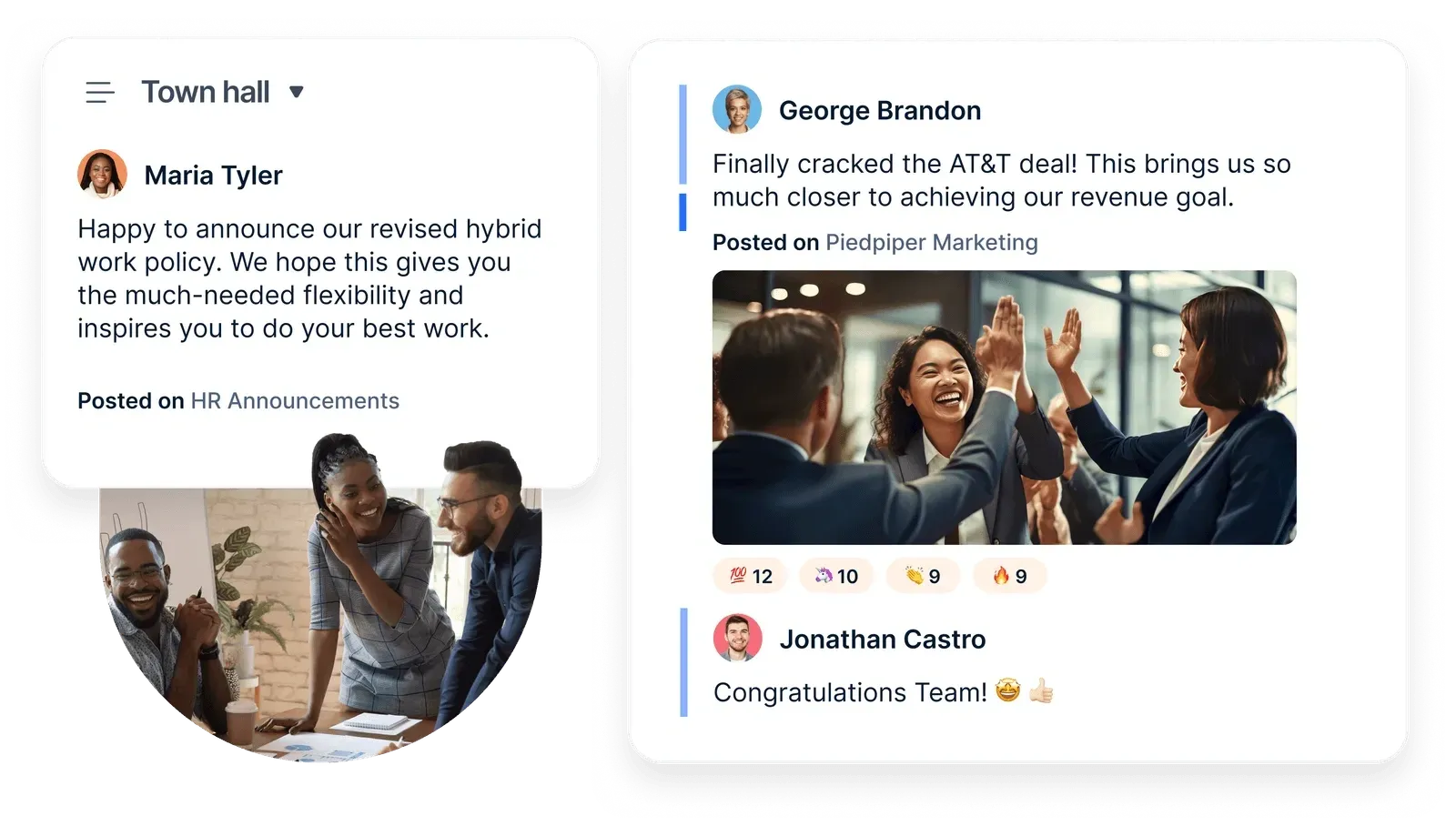
- Creates a central hub for communication
Empuls’ social intranet provides a single platform where employees can share updates, collaborate on projects, and stay informed—eliminating scattered emails and information silos.
- Encourages two-way communication
Unlike traditional top-down communication, Empuls allows employees to voice opinions, participate in discussions, and engage with leadership, fostering a more inclusive workplace.
- Promotes recognition and feedback
Workplace communication isn’t just about tasks—it’s about building relationships. Empuls enables peer-to-peer recognition and structured feedback, ensuring that employees feel valued and appreciated.
- Enhances engagement through social interactions
With features like interactive posts, polls, and surveys, Empuls makes internal communication more dynamic, encouraging employees to participate actively rather than passively consume information.
- Streamlines company-wide announcements
Empuls ensures important updates reach the right employees at the right time, reducing miscommunication and ensuring team alignment.
Integrating Empuls into your workplace can refine communication strategies, strengthen team collaboration, and create a more engaged workforce.
Conclusión
Sea cual sea su estilo de comunicación, es importante cuidarlo, nutrirlo y celebrarlo en sus momentos cotidianos de interacción con compañeros y equipos.
Ya sea un alegre ¡Buenos días! para empezar el día, un simple ¡Hola! a alguien de otro departamento, una cálida nota de ¡Gracias! a un compañero que te sustituyó cuando tuviste que irte antes de tiempo la semana pasada, un codazo para recordarle a alguien que se acerca una fecha límite, un choque de cinco (preferiblemente en público) que celebre el potencial de un nuevo miembro o la contribución de un héroe olvidado de los barracones, o un juego divertido que permita al equipo competir por un objetivo con la más sana de las intenciones, no hay mejor manera de decir "¡estamos juntos en esto!" que mantener los canales de comunicación abiertos, vivos y activos.
Now that we are physically distanced, it’s natural to miss these magical ‘touch-points’ that once used to be de rigueur at the office, touching our hearts and souls. Transfer them seamlessly to your digital universe with Empuls, and you don’t have to miss a beat again.
Haven’t you tried it yet? It’s time to communicate with our team - in your style. Contact us now.








